Traditional Norwegian food
Norway has a lot of interesting traditional food, and any travelers visiting Norway would do well to sample some of the local cuisines. Culinary traditions in Norway have been dominated by meat, fish, and seafood that could be hunted or caught. These days the Norwegian food space represents an interesting mix of old and new due to culinary influences from all over the world.

What is traditional Norwegian food?
Traditionally, Norwegian food has revolved around meat or fish, potatoes, and vegetables. Since fishing and hunting have always been fairly common in Norway, a lot of Norwegians have historically caught their own dinner to serve up at mealtimes. Due to Norway's extensive, Norwegians have always relied heavily on fish and seafood for sustenance. Seafood remains a big part of Norwegian cuisine, and no matter what region of Norway you visit, you’re likely to be able to sample fantastic locally sourced seafood. Especially in Bergen, a city that has heavily relied on income from fishing; check out some great food experiences in Bergen here. Norwegian food traditions have a lot in common with the other Nordic countries, but there are several unique Norwegian dishes that travelers may be interested in trying out for themselves.

What are some typically Norwegian dishes?
Over the last 100 years or so, typical traditional Norwegian dinner dishes have included meatballs (made with beef, pork, lamb, or reindeer meat), lapskaus (a stew made with potatoes, vegetables, and whatever else you have to hand – this is a great dish for using up leftover meat), fårikål (a hearty stew made with mutton, this is considered by many to be Norway’s national dish), lutefisk (dried, salted codfish), sodd (mutton soup) and of course pølse med lompe (a hotdog in lompe, a traditional potato pancake).
While travelers usually enjoy sampling the local cuisine in Norway, some Norwegian foods are a little more controversial. Norway is well-known for the unusual dish smalahove, which a lot of travelers make it a point to try out despite the fact that many find it off-putting. This dish basically consists of a boiled or steamed sheep’s head served with potatoes and rutabaga. Now considered a local delicacy, this dish used to be eaten by poor peasants who couldn’t afford to waste any part of the animal.

Norway also has a strong tradition of enjoying bread with ‘pålegg’ – this is basically an open sandwich with one slice of bread paired with different types of topping. Norwegians will usually have bread or crispbread with toppings for breakfast and lunch, with brunost (delicious brown cheese from Gudbrandsdalen, one of Norway’s most famous foods), other cheeses, sursild (pickled herring, popular across Scandinavia), and smoked salmon often commonly eaten at these meals. If you’d like to sample some of Norway’s most unique and delicious foods, why not join one of our great food tours? No matter what part of the country you’d like to explore, you’ll find the perfect tour for you at Fjord Tours.
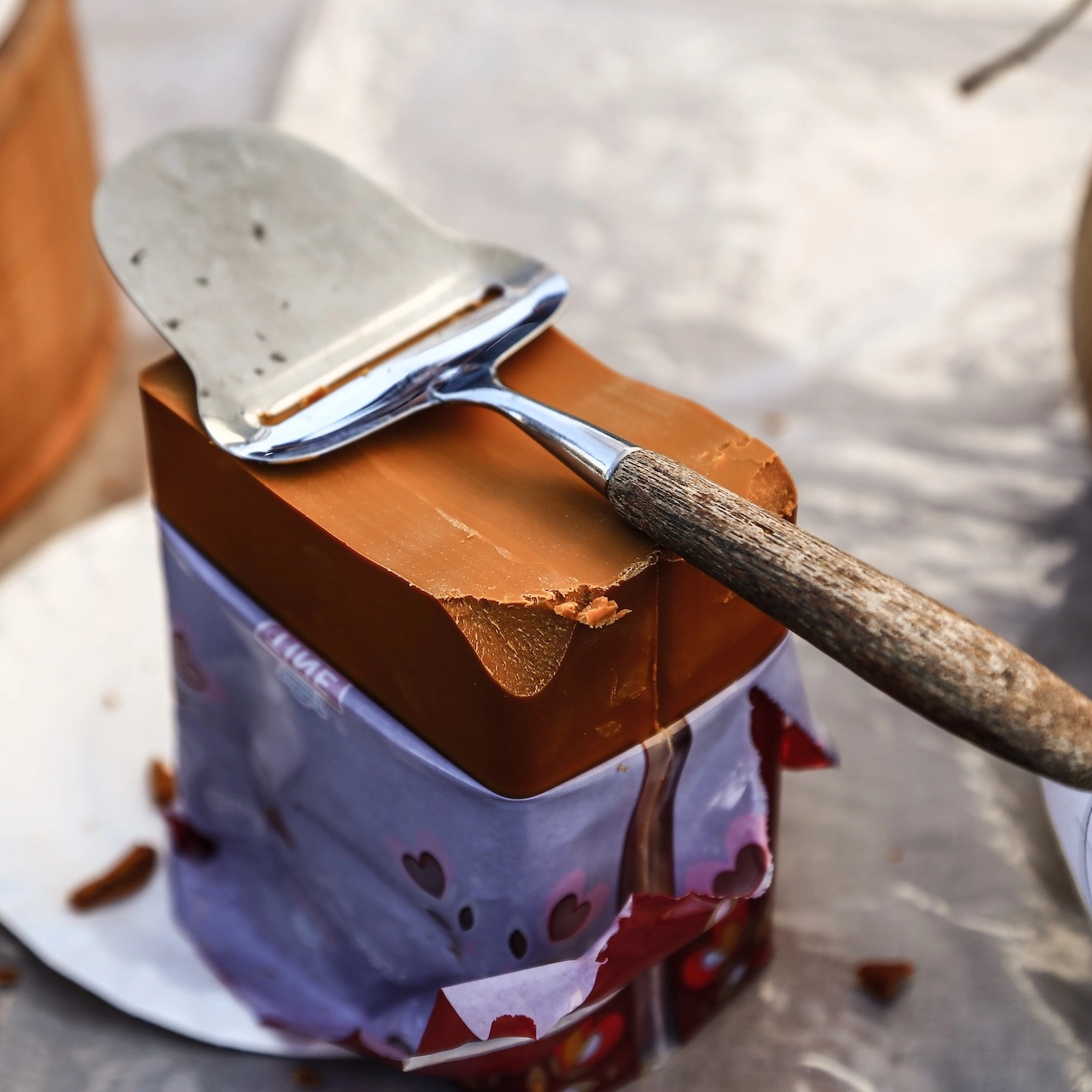
What foods are most popular in Norway now?
Historical food trends in Norway have centered around meat/fish paired with potatoes and local vegetables. However, Norway is a modern, multicultural society, and contemporary food trends are fairly different from traditional Norwegian eating habits.
Over the past 30 years or so, there’s been a gradual culinary revolution in Norway, as exciting food from all over the world has made its way to our corner of the world. Tex Mex-inspired food is very popular, with tacos being one of the nation’s favorite foods.
Pasta is very commonly eaten in Norway, and sushi has also seen a huge boom in popularity. The American food trends are also big in Norway, with burgers and deep-dish pizza becoming staples for eating out. However, typical Norwegian foods like meatballs, lapskaus, fårikål, and more are still going strong in the country.
These traditional dishes are still commonly eaten across Norway both in homes and in restaurants. Some restaurants will prepare traditional Norwegian dishes according to old recipes passed down through generations, while other modern restaurants are focused on serving the old favorite dishes with a contemporary twist.

An Inside Look At Traditional Arctic Cuisine
In the Arctic regions, a lot of the typical food that most people eat is either not available or is wildly expensive. Therefore, the Arctic lifestyle involves eating a lot of regional dishes that use ingredients that are more commonly found in the area. Here is a detailed look inside the world of Arctic cuisine.

Lots and Lots of Meat
It should come as no surprise that there are not a ton of fruits and vegetables that can be successfully grown in the frigid Arctic temperatures. Therefore, people living in this part of the world need to resort to other sources of food.
That is why meat plays such a big role in Arctic cuisine, with some of the most popular types of meat being reindeer, sheep, and snow hares. While Arctic residents used to hunt and eat polar bears as well, this practice has been outlawed in Norway since 1973.
Luckily, there is an abundant source of meat in the Arctic residents that visitors can enjoy. And this abundance doesn’t begin and end on land. In fact, a large portion of the meat that Norway is famous for is found in the sea.

Seafood
As mentioned above, seafood is also a big part of the Arctic diet because there are so many different sources of meat in the ocean. Some of the most common ones that you are likely to find served on Arctic dinner tables are snow crab, seifilet fersk (pollock, salmon, mackerel, or haddock), tørrfisk (dried cod), and, occasionally, seal.
Not only do Norwegians eat a ton of fish, they are also usually responsible for fishing it out of the sea, rather than just taking a stroll down to the local fish market. This is not something that is usually done with other sources of meat such as reindeer and sheep since they are often much harder to kill and prepare.

Herbs and Berries
In order to try and avoid the adverse health effects of eating only meat, people living in the Arctic also tend to include a lot of herbs and berries in their dishes. This is especially true during the summer months when locals can find and pick an abundance of edible berries such as bilberries and cloudberries.
This also allows them to consume a lot of vitamins that they are missing out on due to the dark and sometimes extreme winter conditions in the Arctic that keep them indoors for long periods of time.

Arctic & Norwegian Cuisine
It is hard to find a dish served in the Arctic that does not involve at least one of the ingredients mentioned above. Together, they make up a traditional Arctic cuisine that thousands of people living throughout northern Norway consume every day.
If you would like to delve deeper into the Norwegian cuisine and sample the diverse and exciting food on offer in Norway, we highly recommend checking out one of our Norwegian Food Tours.
Norwegian food tours
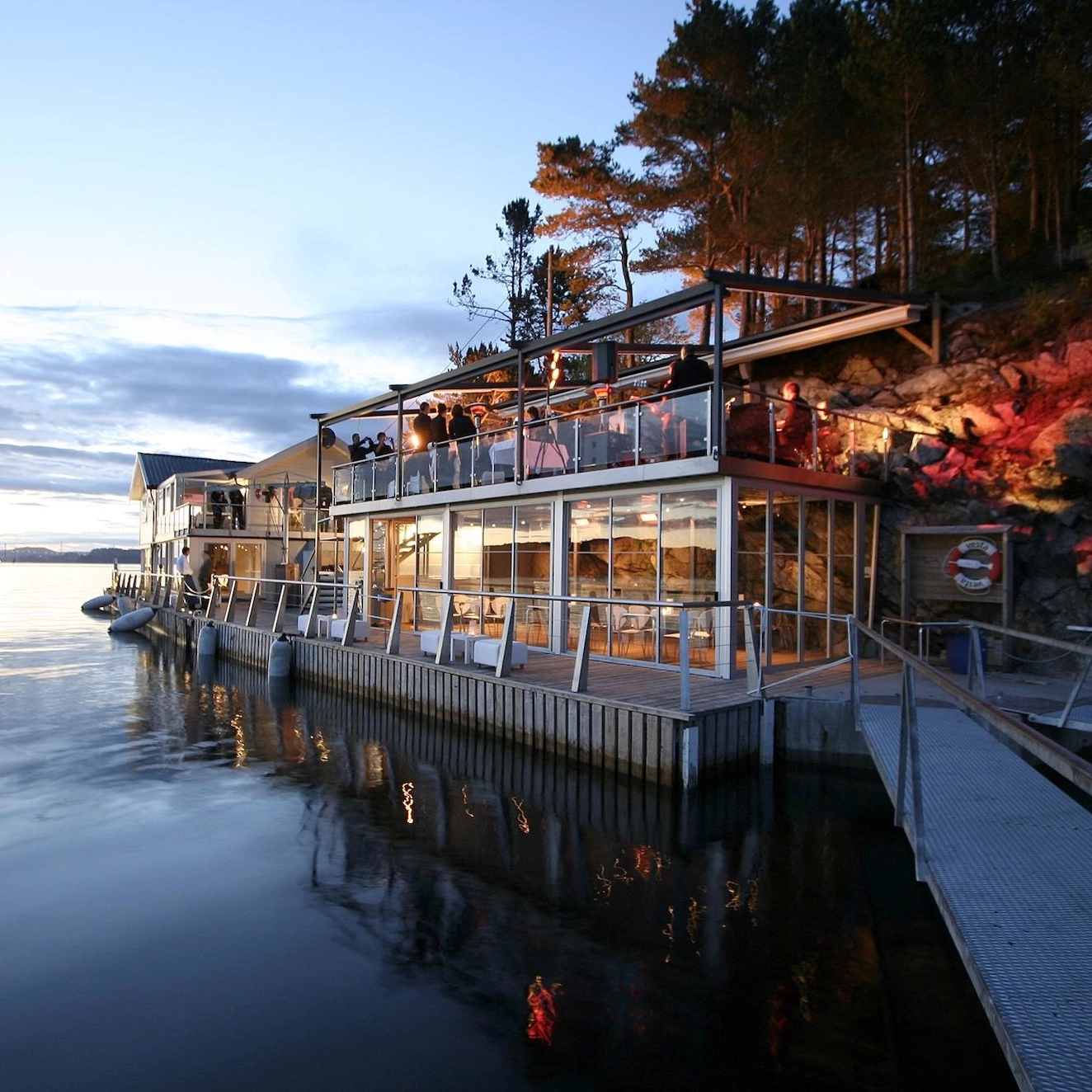
Fjord cruise and dinner at Cornelius
Bergen • 5 hr
From 1495NOK
Available all year

Exclusive Experience
Local food tasting in Flåm
Flåm • 1 hr
From 550NOK
Available 15 May - 15 October

A Norwegian evening on the Oslofjord
Oslo • 3 hr
From 659NOK
Available 8 May - 5 October
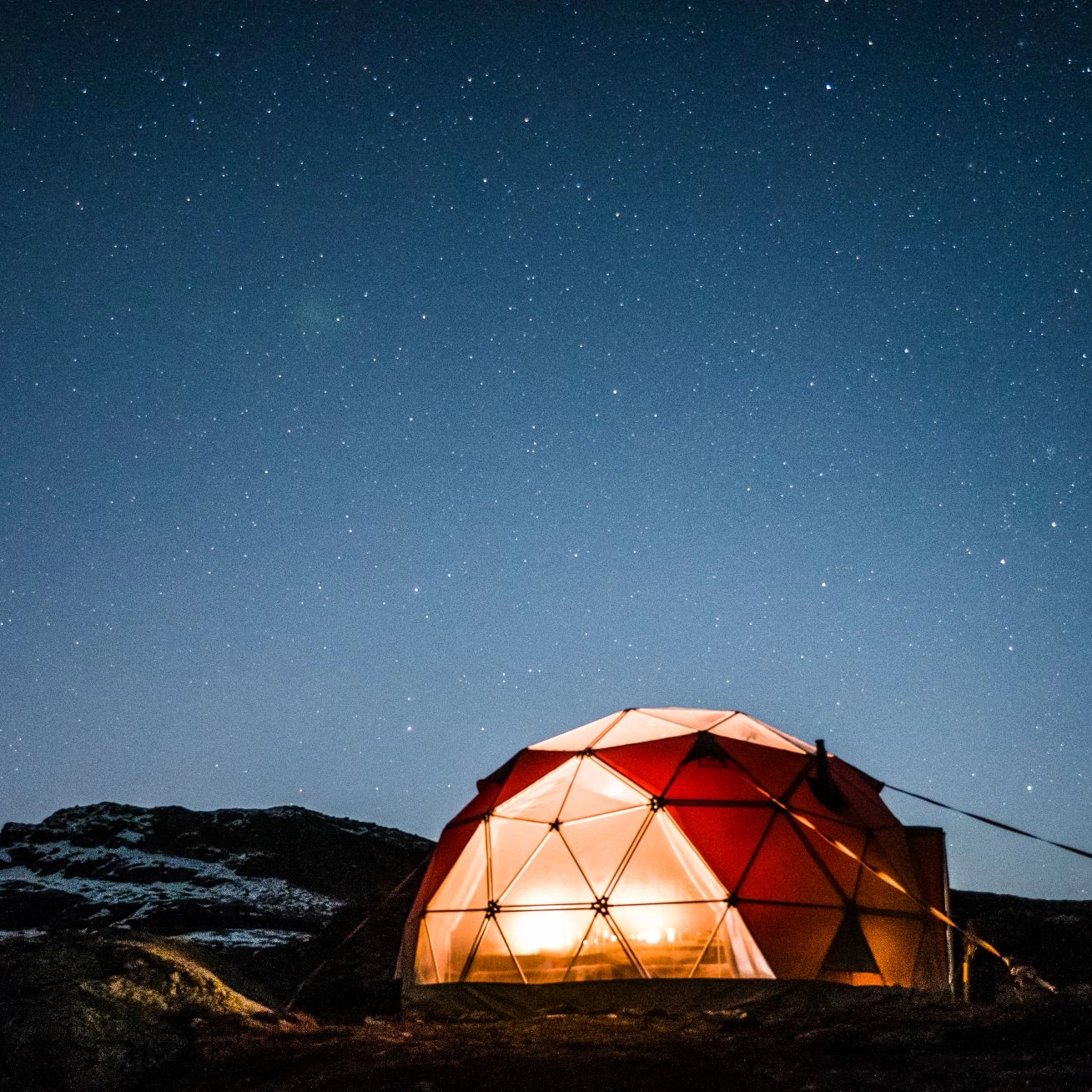
Glamping at Trolltunga
Multiple locations • 1 day 4 hr
From 4750NOK
Available 1 May - 1 December

Best seller
Dinner cruise on the Oslofjord
Oslo • 2 hr 30 min
From 1290NOK
Available all year

Ulriken Gondola & lunch with a view
Bergen • 2 hr 30 min
From 1099NOK
Available all year

Geirangerfjord winter cruise
Ålesund • 9 hr
From 2550NOK
Available 1 November - 30 March
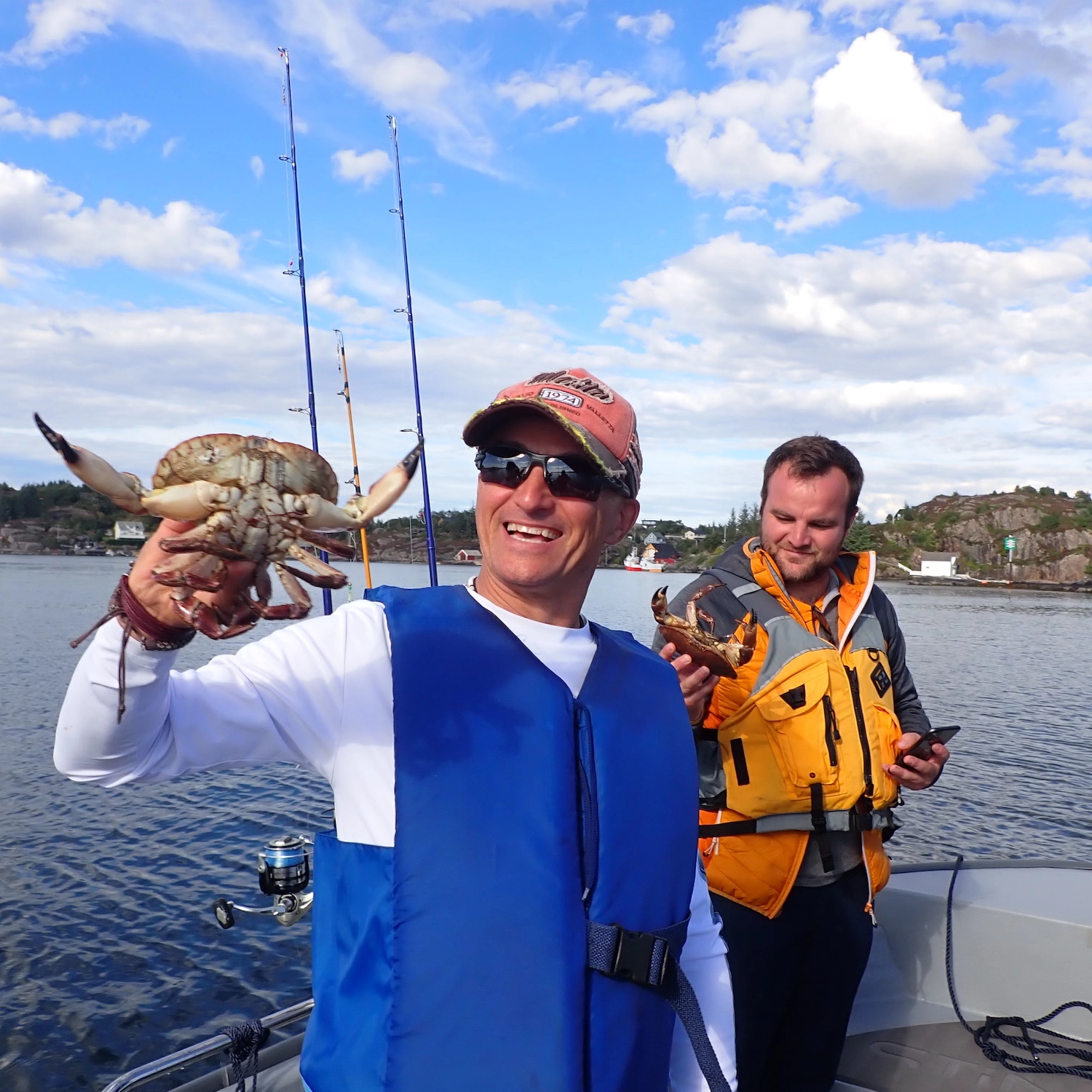
Travelers love this!
Fishing trip in Bergen
Bergen • 5 hr
From 2190NOK
Available 1 April - 31 October

Fjord cruise and dinner at Cornelius
Bergen • 5 hr
From 1495NOK
Available all year

Exclusive Experience
Local food tasting in Flåm
Flåm • 1 hr
From 550NOK
Available 15 May - 15 October

A Norwegian evening on the Oslofjord
Oslo • 3 hr
From 659NOK
Available 8 May - 5 October

Glamping at Trolltunga
Multiple locations • 1 day 4 hr
From 4750NOK
Available 1 May - 1 December

Best seller
Dinner cruise on the Oslofjord
Oslo • 2 hr 30 min
From 1290NOK
Available all year

Ulriken Gondola & lunch with a view
Bergen • 2 hr 30 min
From 1099NOK
Available all year

Geirangerfjord winter cruise
Ålesund • 9 hr
From 2550NOK
Available 1 November - 30 March

Travelers love this!
Fishing trip in Bergen
Bergen • 5 hr
From 2190NOK
Available 1 April - 31 October
Articles about Norwegian food and cuisine
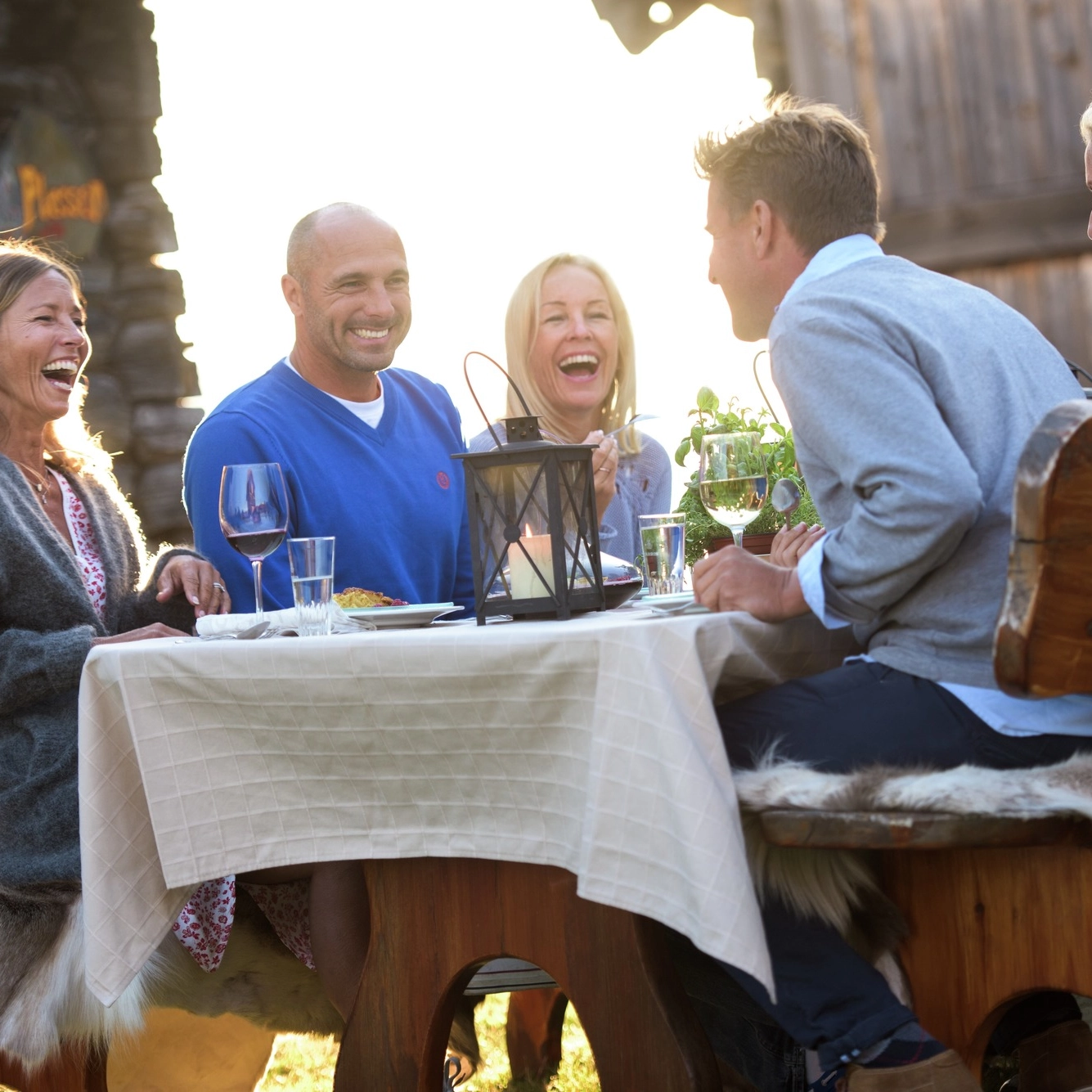
Traditional Norwegian food
Norway has a lot of interesting traditional food, and any travelers visiting Norway would do well to sample some of the local cuisines. Culinary traditions in Norway have been dominated by meat, fish, and seafood that could be hunted or caught. These days the Norwegian food space represents an interesting mix of old and new due to culinary influences from all over the world.
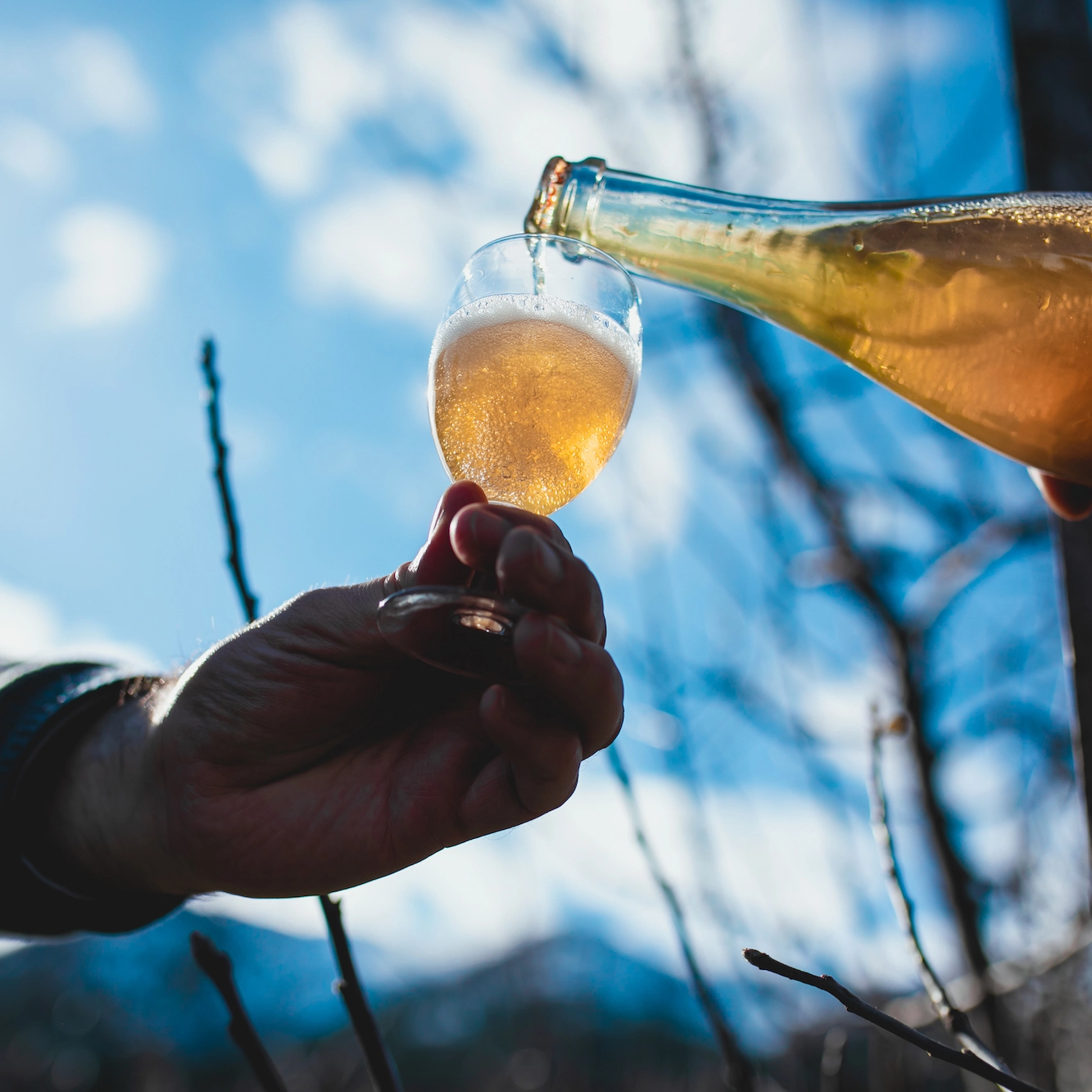
Norwegian cider’s rise in popularity
Cider brewing is a Norwegian custom that dates all the way back to the 13th century. However, once the Vinmonopolet or the Wine Monopoly came into effect, the practice largely died down. Despite this, Norwegians continued to brew cider in their homes and cellars. And now the drink is experiencing a surge in popularity yet again. If you’re a cider lover planning a visit to Norway, here’s everything you need to know!
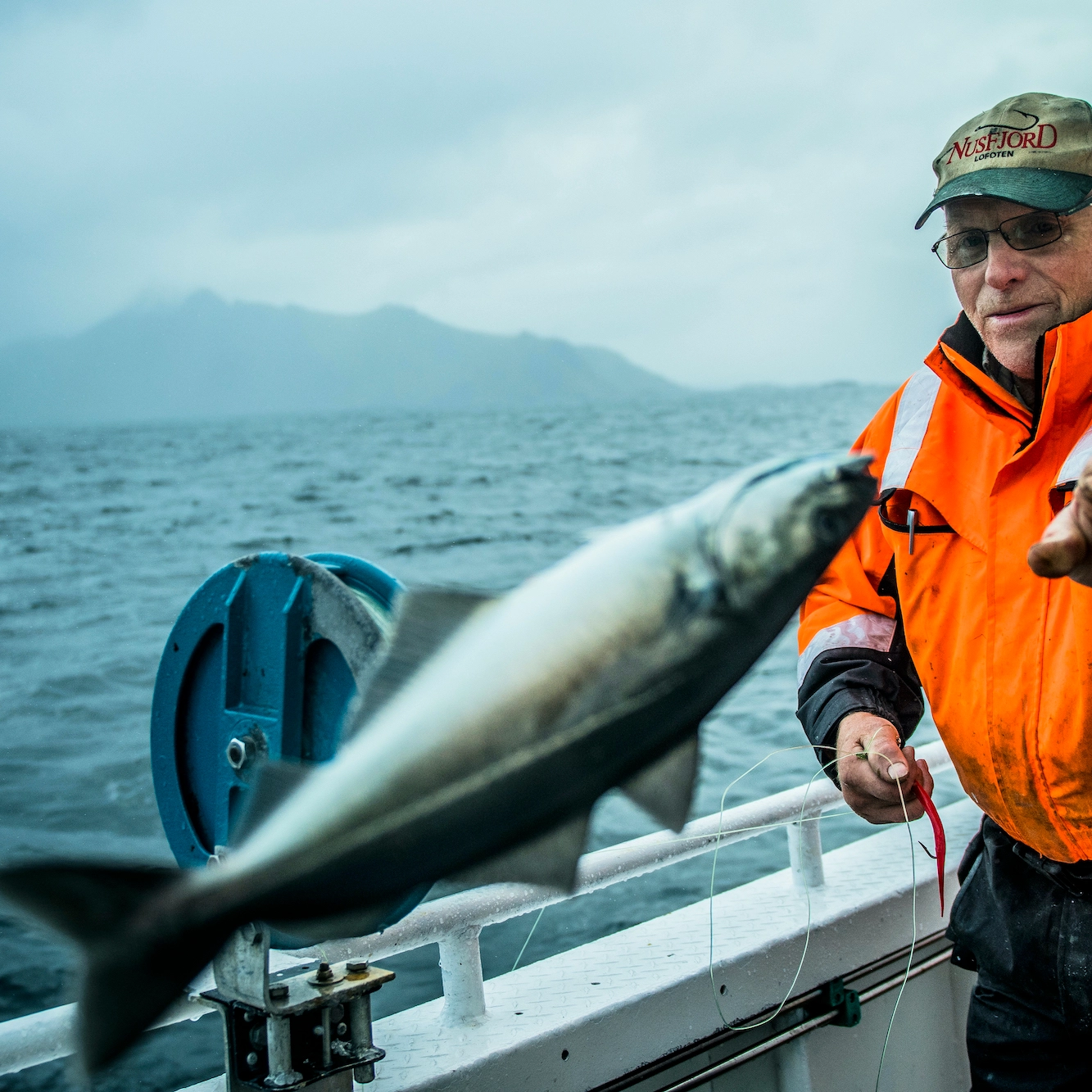
Top 3 Norwegian recipes to try
If you are a foodie or even just a lover of barbecue, then you will definitely want to make sure that you take a trip to Norway to experience the incredible local cuisine in places like Bergen and Røros. To give you a small taste of the kind of culinary experience you will get in Norway, here are three top Norwegian recipes that you can easily make at home.
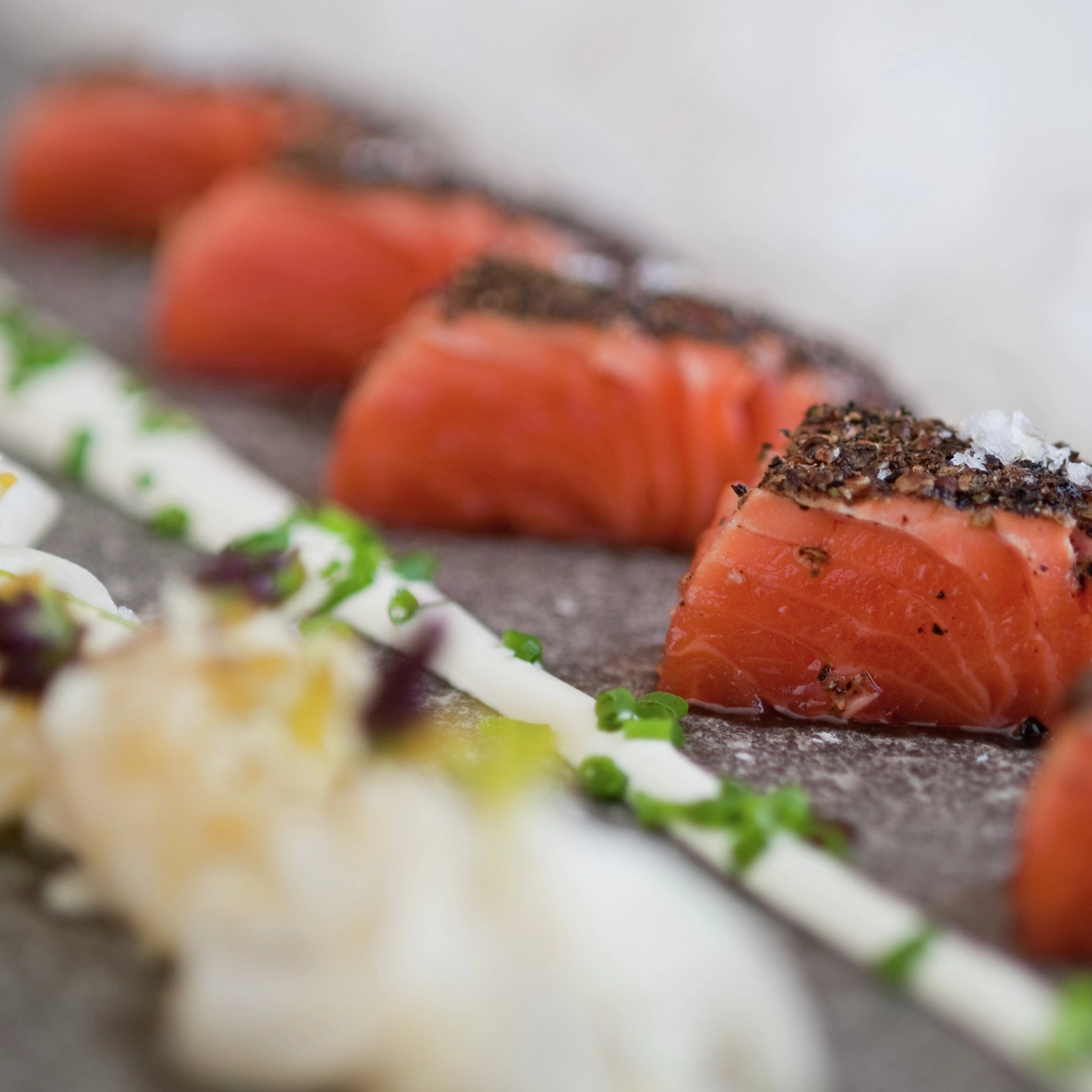
Sustainable eating trends
Norway is already publicly recognized by almost every foodie as being home to some of the tastiest cuisine options in the world, with some truly exquisite national recipes like lutefisk and pinnekjøtt originating in Nordic countries. But what you may not know is that Norway is also a leader in bio-farming and sustainable food production.
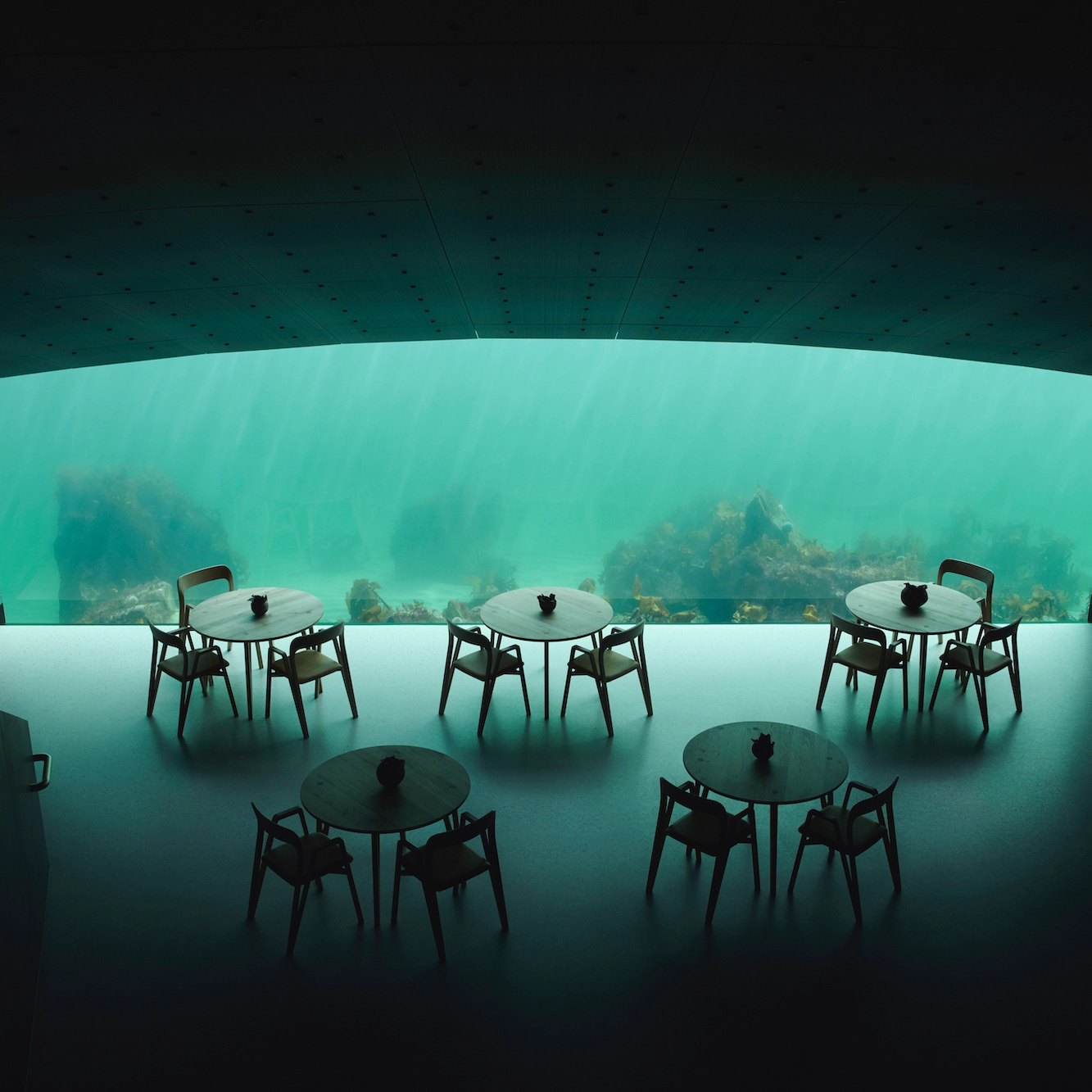
Here's what you'll experience at this record-setting underwater restaurant
There are a lot of fantastic things to experience on land in Norway, but there is a new exciting activity that takes you under the water. At the southern tip of Norway in Lindesnes, you can find the world's largest underwater restaurant.
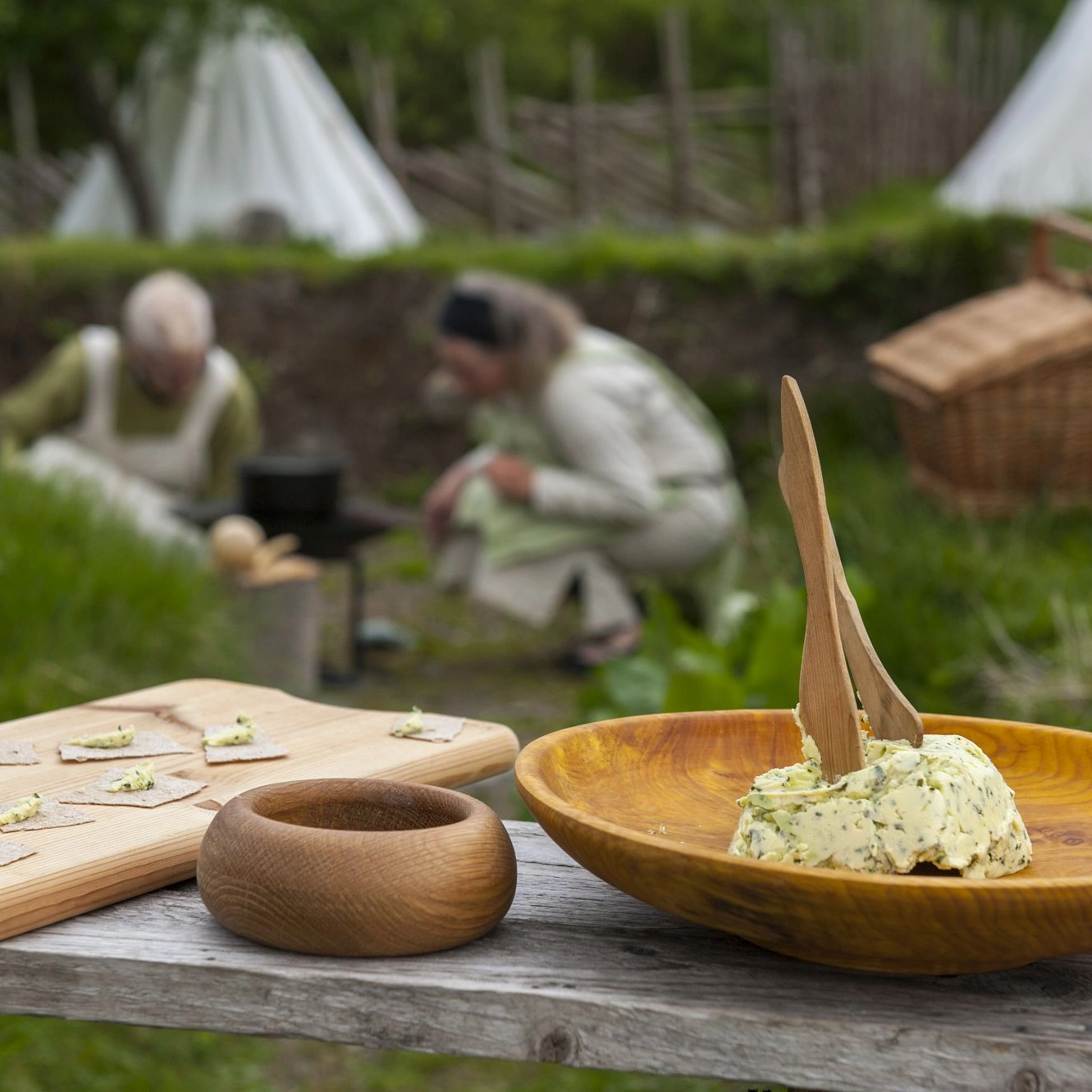
What did the average viking eat?
When your every-day activities include pillaging villages and exploring the impressive fjords in Norway, you are going to need a lot of energy to sustain yourself. This means eating some pretty astonishing meals in order to maintain proper health with such an active lifestyle.
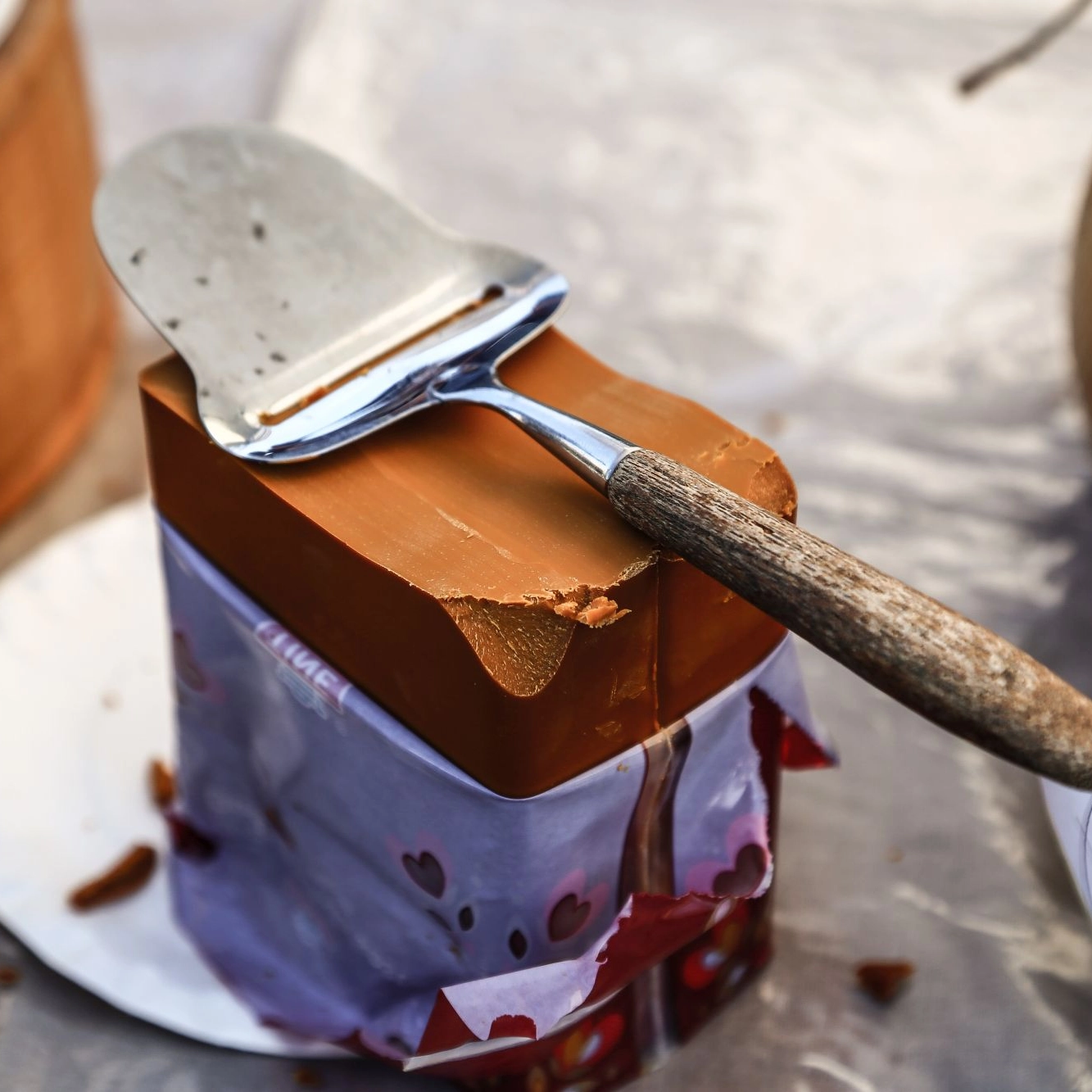
What do you eat with Brunost?
Every culture will have its own set of unique food items that either impress or disgust visitors when they try it upon visiting. Norway is no different and offers an assortment of delicious Norwegian food that is unlike anything that can be found anywhere else in the world. Some of the more common examples include lutefisk and pinnekjøtt.
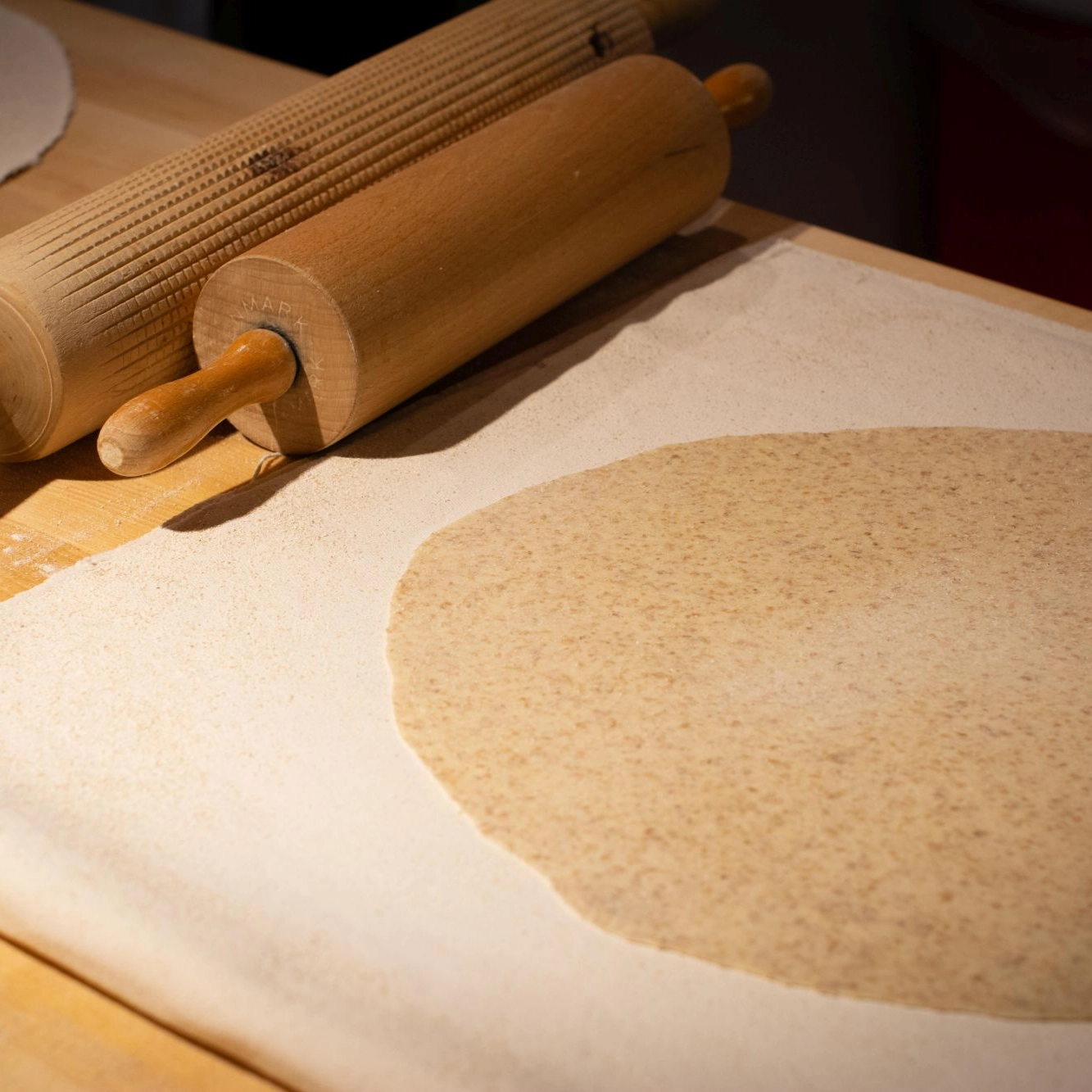
What is lefse?
Whether you’re planning to visit Norway or are just interested in Norwegian culture and tradition, you’ll want to find out more about lefse. Lefse has a long-standing history as a traditional food in Norway, and it remains about as popular today as it was a hundred years ago. Let’s take a closer look at what this tasty, simple food is all about!

Traditional Norwegian food
Norway has a lot of interesting traditional food, and any travelers visiting Norway would do well to sample some of the local cuisines. Culinary traditions in Norway have been dominated by meat, fish, and seafood that could be hunted or caught. These days the Norwegian food space represents an interesting mix of old and new due to culinary influences from all over the world.

Norwegian cider’s rise in popularity
Cider brewing is a Norwegian custom that dates all the way back to the 13th century. However, once the Vinmonopolet or the Wine Monopoly came into effect, the practice largely died down. Despite this, Norwegians continued to brew cider in their homes and cellars. And now the drink is experiencing a surge in popularity yet again. If you’re a cider lover planning a visit to Norway, here’s everything you need to know!

Top 3 Norwegian recipes to try
If you are a foodie or even just a lover of barbecue, then you will definitely want to make sure that you take a trip to Norway to experience the incredible local cuisine in places like Bergen and Røros. To give you a small taste of the kind of culinary experience you will get in Norway, here are three top Norwegian recipes that you can easily make at home.

Sustainable eating trends
Norway is already publicly recognized by almost every foodie as being home to some of the tastiest cuisine options in the world, with some truly exquisite national recipes like lutefisk and pinnekjøtt originating in Nordic countries. But what you may not know is that Norway is also a leader in bio-farming and sustainable food production.

Here's what you'll experience at this record-setting underwater restaurant
There are a lot of fantastic things to experience on land in Norway, but there is a new exciting activity that takes you under the water. At the southern tip of Norway in Lindesnes, you can find the world's largest underwater restaurant.

What did the average viking eat?
When your every-day activities include pillaging villages and exploring the impressive fjords in Norway, you are going to need a lot of energy to sustain yourself. This means eating some pretty astonishing meals in order to maintain proper health with such an active lifestyle.

What do you eat with Brunost?
Every culture will have its own set of unique food items that either impress or disgust visitors when they try it upon visiting. Norway is no different and offers an assortment of delicious Norwegian food that is unlike anything that can be found anywhere else in the world. Some of the more common examples include lutefisk and pinnekjøtt.

What is lefse?
Whether you’re planning to visit Norway or are just interested in Norwegian culture and tradition, you’ll want to find out more about lefse. Lefse has a long-standing history as a traditional food in Norway, and it remains about as popular today as it was a hundred years ago. Let’s take a closer look at what this tasty, simple food is all about!